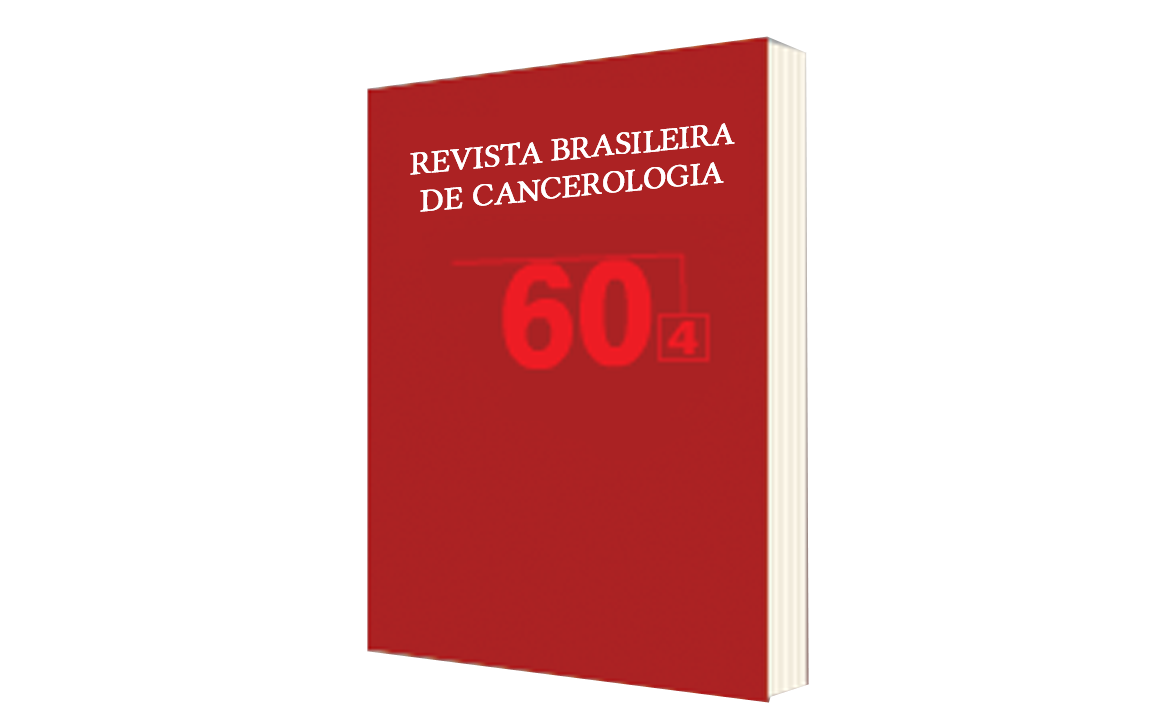Health Education for the Care of Tracheostomized Patients: Perception of Nursing Professionals and Caregivers
DOI:
https://doi.org/10.32635/2176-9745.RBC.2014v60n4.445Keywords:
Oncology Nursing, Nursing, Team, Health Education, TracheostomyAbstract
Introduction: The need for surgery carries several consequences for the patient and his family. Apart from reactions such as anxiety, fear and distress, one must deal with the changes that will occur to his/her daily life. Objective: To identify educational practices used by nursing staff in a specialized head and neck surgery unit and how individuals and their family members have rated this education process. Method: This descriptive qualitative study was developed by means of semi-structured interviews, which were performed in two different occasions, with nursing professionals and caregivers. Data analysis was performed by content analysis according to themes. Results: The study sample was comprised of ten nursing professionals and nine caregivers providing care for tracheostomized patients. It showed that the educational action is present in the set of attributions of the nursing team, but it is not structured neither systematized. All caregivers mentioned they received instructions from, at least, one health professional. Regarding the quality of the educational action, professionals declared low satisfaction and caregivers were divided between those who were satisfied and/or those who were insecure as for the degree of sufficiency of the education received for the home care. Conclusion: The educational process is present in pre- and postoperative periods for caregivers of patients submitted to tracheostomy, however, in a non-systematized manner. As a result, not all caregivers are contemplated in both phases, nor the contents and the speakers are the same for every one of them.









